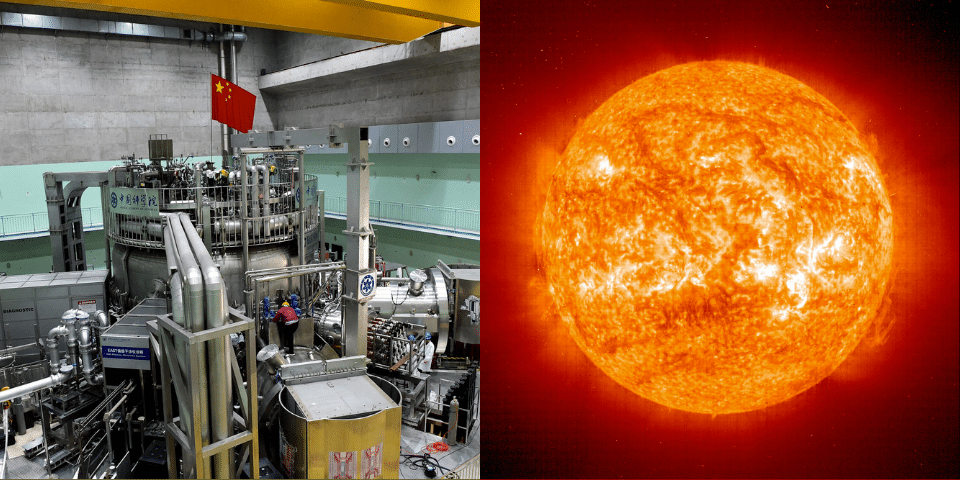China’s artificial sun, known as the Experimental Advanced Superconducting Tokamak (EAST), is designed to replicate the processes of nuclear fusion that occur in the sun. It can generate temperatures that are significantly higher than the core temperature of the sun, which is about 15 million degrees Celsius (27 million degrees Fahrenheit). EAST has achieved temperatures exceeding 100 million degrees Celsius (approximately 180 million degrees Fahrenheit) during experiments.

This capability is part of ongoing research to harness nuclear fusion as a potential source of nearly limitless and clean energy. Fusion power aims to replicate the energy generation processes of the sun, providing a sustainable and environmentally friendly alternative to fossil fuels. If successful on a commercial scale, fusion could play a crucial role in addressing global energy demands and climate change.




